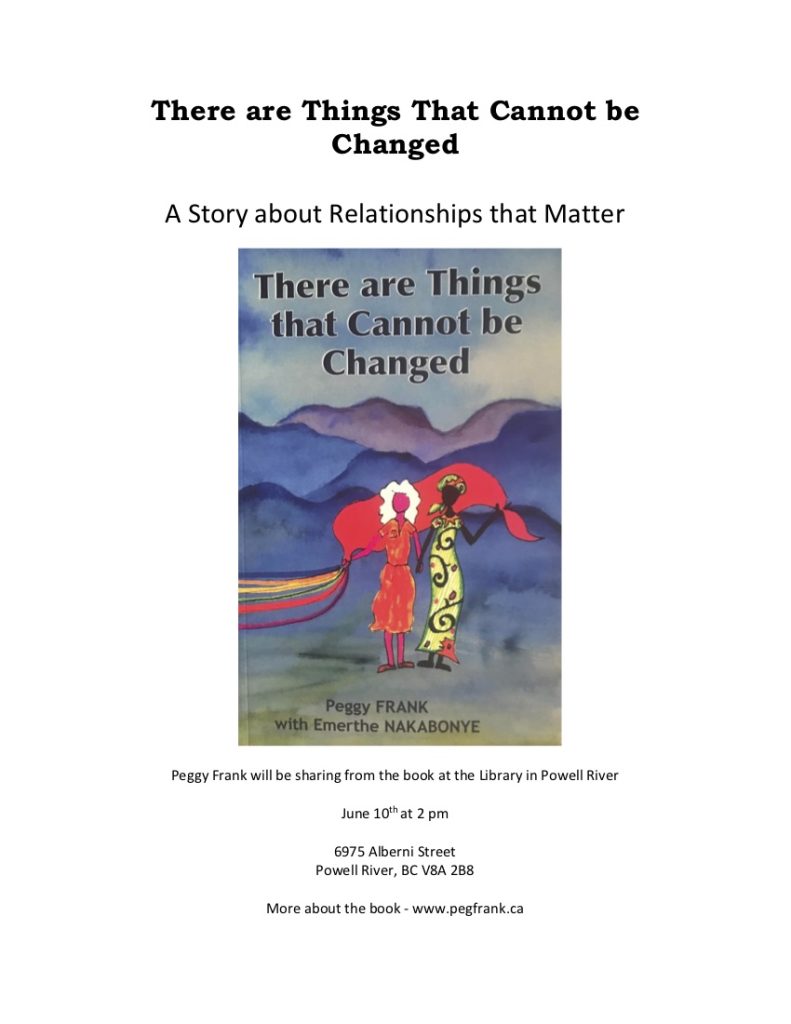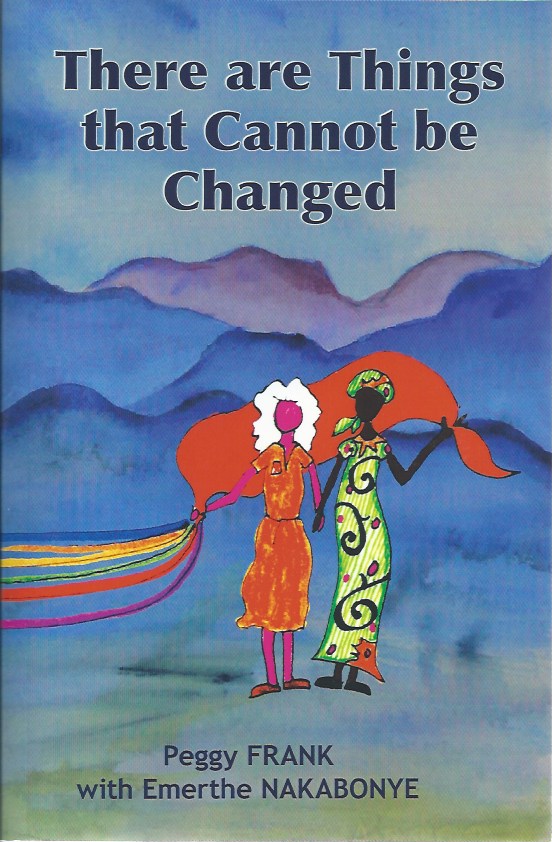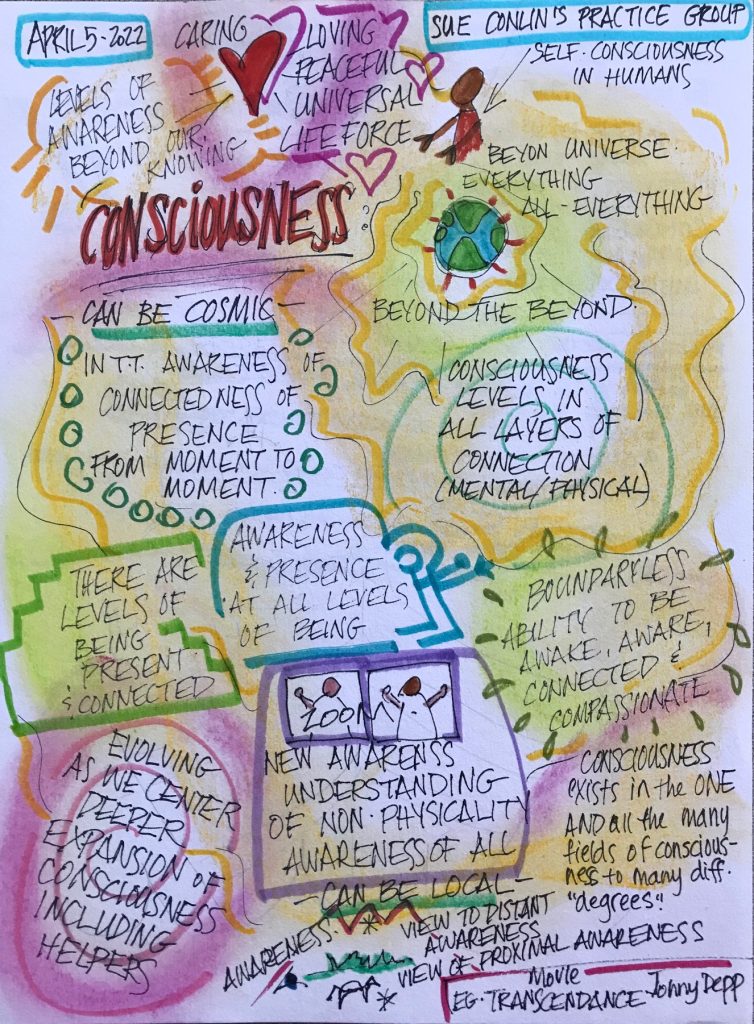Announcements:
Upcoming artists show at Shaw Centre for the Salish Sea
Forty years ago, a group of enthusiastic (and somewhat naive) artists put on a show at the McPherson Theatre in Victoria. The members of the group have opened galleries, taught painting, written books, taught biology, illustrated, created set design, and much more, including raising funds that started the whole positively AFRICA initiative. They have shown their work together a few times since that 1984 initiation. Works are in private collections around the world. Please watch this site to learn more about the show and details for opening night at the Shaw Centre for the Salish Sea.
Returning to Rwanda
After more than 17 years, Peggy is returning to Rwanda with her book, There are Things that Cannot be Changed. She will see huge changes in Rwanda while visiting with Emerthe and her family, and Peninah and her new community initiative, which apparently involves opportunities for Therapeutic Touch training. The two women will do some training together. No trip to Africa would be complete without a stop at the Soweto Junior School in Nairobi and their new school building.
Please reach out to Peggy if you want to be informed weekly about the trip.
Who is Peg Frank?
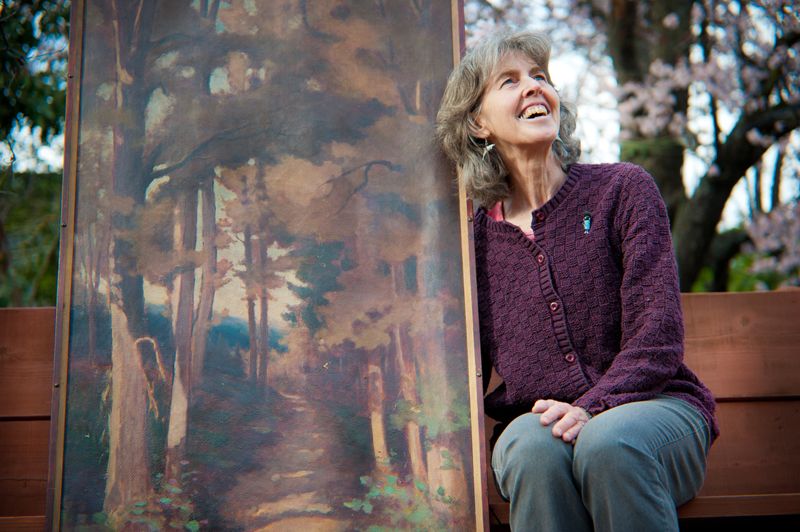
First, I am a woman well past half a century old. As you might imagine, I am delightfully gnarled. I love using trees to express my own reality, and I enjoy watching others seize the analogy.
I now live in a place once called sxʷeŋxʷəŋ təŋəxʷ (pronounced s-hweng hw-ung tongue-oo-hw, the Lekwungen name for James Bay, Victoria, British Columbia, Canada). I am grateful to the First Nations who first appreciated the abundant beauty of Canada’s west coast, and sad about the way many indigenous people are, and have been impacted by colonialism.
My seedling years were spent in a house filled with oil paintings and international students attending Mount Alison University in Sackville, New Brunswick. Both the art and the people left their impressions on a five-year old Peggy. My interests are arts, culture, behavior, and sciences.
When I was becoming a mature tree, I moved here from Ontario after studying marine science. I sprouted many branches through my adolescent explorations and continued to spread wide branches in my twenties. I even spent a chunk of years illustrating trees, plants, and ecological processes for foresters and naturalists.
My greatest achievement is just being alive. I was infected with HIV long before there was any medical treatment, and pestilences were many. My recovery from palliative was slow, but persistent – inspired by supportive community, spiritual awareness, and art. I learned to sculpt and refined my painting skills, trying to capture the mysteries of life. Perhaps building a seven-foot, recycled pill bottle cocktail glass – a statement about medical nomenclature, treatment of and for people living with HIV, as well as for the environment, was a remarkable accomplishment – although the two homes I designed are much more complex, functional, and enduring sculptures. These were years for testing my roots.
Later, standing tall and still recovering, I brought Therapeutic Touch training to several AIDS-stricken African communities in the early twenty first century and was recognized for this as an achievement by the Therapeutic Touch community. I was introduced to this powerful, holistic energy healing through personal experience during the years I lived with AIDS and later, grief, when my partner died tragically and unexpectedly. In the forest an arbutus cradling a downed Douglas fir tree, mirrored my ability to bend without falling.
In my eyes, each person is as solid as a tree, part of the diverse human forest. I have chosen work that focuses on inner strengths and the ability of every human to glow, or grow, in keeping with the tree metaphor. This website is dedicated to sharing my awareness and skills in science and art and to each spirit, alive and dead, that has nurtured my life journey.
Welcome.
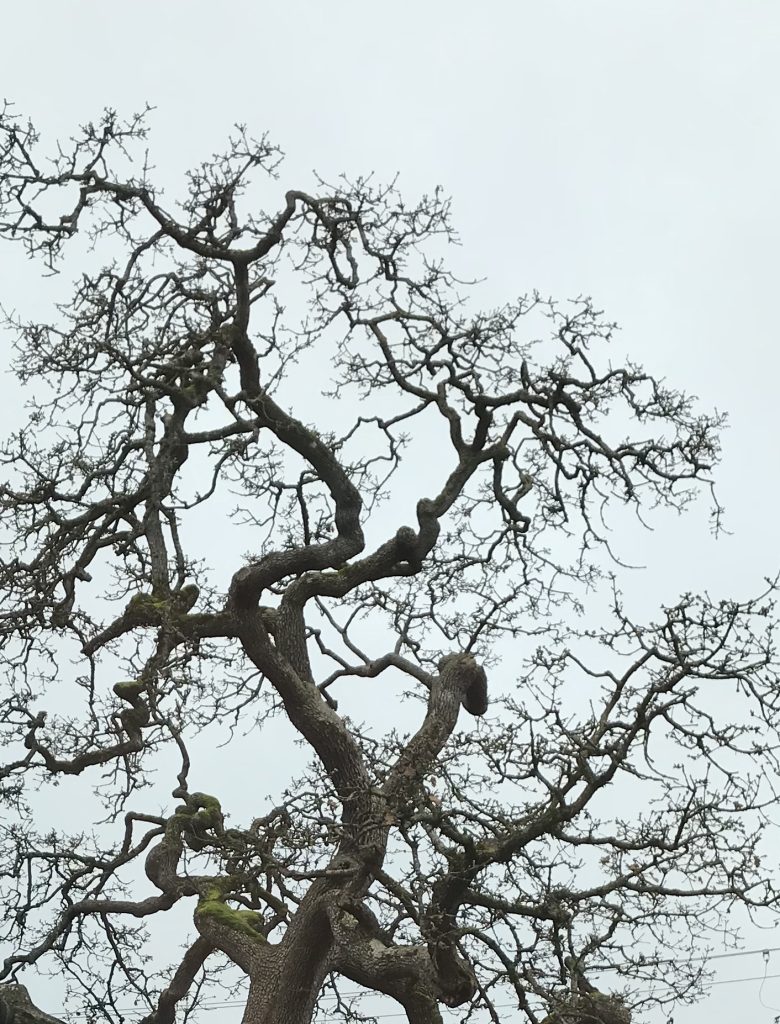
The following passage from Suzanne Simard’s revolutionary book, Finding the Mother Tree explains why trees are so prevalent on my website. For me, trees have always been the metaphor for connection and belonging. Before Forest Bathing was popular, I would spend time deep in the woods — listening, learning and loving. It is as though Suzanne explained why.
The trees soon revealed startling secrets. I discovered that they are in a web of interdependence, linked by a system of underground channels, where they perceive and connect and relate with an ancient intricacy and wisdom that can no longer be denied. I conducted hundreds of experiments, with one discovery leading to the next, and through this quest I uncovered the lessons of tree-to-tree communication, of the relationships that create a forest society. The evidence was at first highly controversial, but the science is now known to be rigorous, peer reviewed, and widely published. It is no fairy tale, no flight of fancy, no magical Unicorn, and no fiction in a Hollywood movie.
from Finding the Mother Tree – by Suzanne Simard

